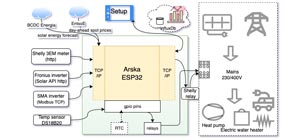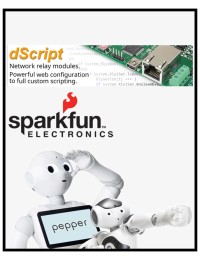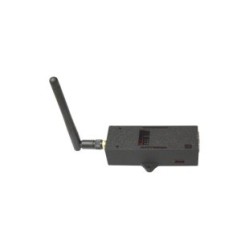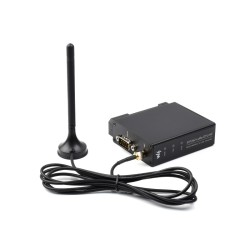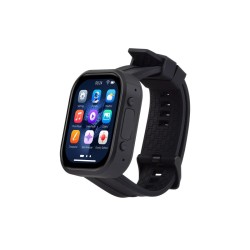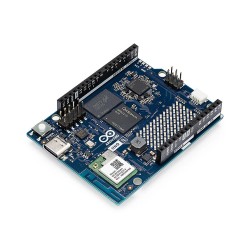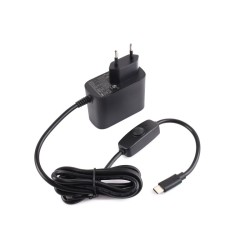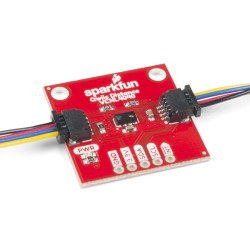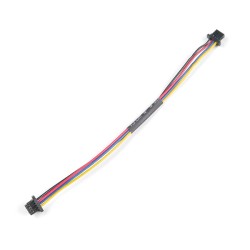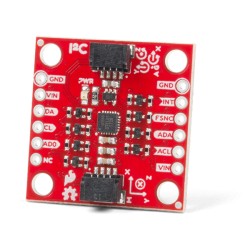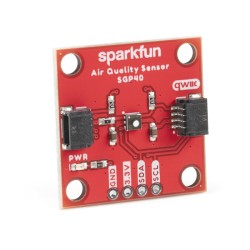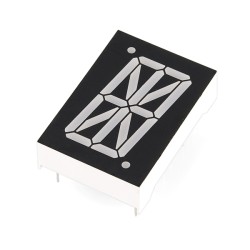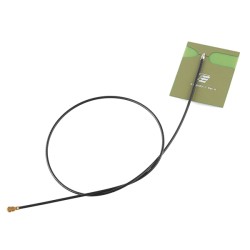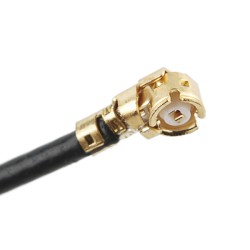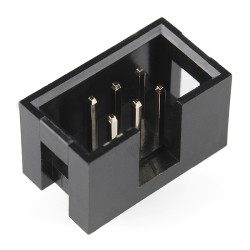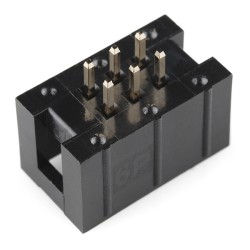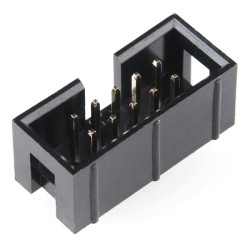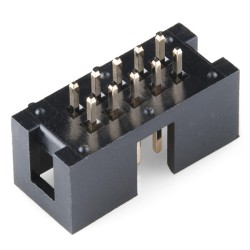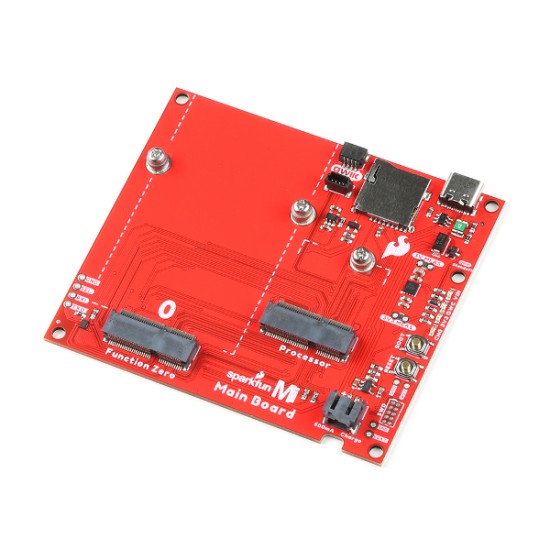
Description: The MicroMod Main Board - Single is a specialized carrier board that allows you to interface a MicroMod Processor Board with a single MicroMod Function Board. With the M.2 MicroMod connector, connecting your Processor and Function Boards is a breeze. Simply match up the key on your board's beveled edge connector to the key on the M.2 connector and secure the boards with screws.
The Single Main Board includes one USB-C connector for power and programming the Processor Board. A jumper is available on the back of the board to isolate the USB C's shield pin. Two buttons for reset and boot are also populated on the board. Processor Board pins are also broken out as 2x5 SWD pins. Also, included on the board is a 2A resettable fuse and 3.3V/1A voltage regulator. A second 3.3V/500mA voltage regulator is included on the board to power your Qwiic-enabled devices. We've even added convenient PTH jumpers for advanced users looking to bypass the fuse and measure the current consumption on the 5V and 3.3V lines for low-power testing. For those that need to go remote with their application, the board includes a 2-pin JST connector and a single-cell LiPo MCP73831 charge IC (set to a charge rate of 500mA).
Four status LEDs are available for power and charging. These can also be disabled through jumpers. There is a microSD card socket so you can also plug in a microSD card for data logging. The microSD socket can be disabled through the I/O pins. Finally, two Qwiic connectors are populated on the board with built-in pull-up resistors to easily add Qwiic-enabled I2C devices to your projects!
Note: A MicroMod Processor and Function Boards are not included with the MicroMod Main Board. These boards will need to be purchased separately.
MicroMod is a modular interface ecosystem that connects a microcontroller “processor board” to various “carrier board” peripherals. Utilizing the M.2 standard, the MicroMod standard is designed to easily swap out processors and function boards on the fly. Pair a specialized carrier board for the project you need with your choice of compatible processor!
Includes:
- 1x MicroMod Main Board - Double
- 3x Phillips #0 M2.5x3mm Screws
Features:
- Input Voltage Range
- 5V via USB C Connector
- ~3.7V to 4.2V via LiPo Battery Connector
- Built-in Resettable PTC Fuse (Rated 5V/2A)
- AP7361C 3.3V/1A Voltage Regulator
- AP7347DQ 3.3V/500mA Voltage Regulator (for Qwiic-Enabled Devices)
- Integrated MCP73831 Single Cell LiPo Charge Circuit
- 500mA
- Ports
- 1x USB Type C Connector
- 1x 2-Pin JST Connector
- M.2 Connectors
- 1x MicroMod Processor Board
- 1x MicroMod Function Board
- 2x Qwiic Enabled I2C
- 1x MicroSD Card Socket
- 1x SWD 2x5 Header
- Built-in MUX for UART1
- Buttons
- 1x Reset
- 1x Boot
- LEDs
- 1x VIN
- 1x 3.3V
- 1x Qwiic 3.3V
- 1x CHG
- Plated Through Holes
- GND
- SEL
- TXO
- RXI
- RST
- 5V (MEAS)
- VBAT
- 3.3V (MEAS)
- Jumpers
- USB SHLD
- 5V MEAS
- 3.3V MEAS
- PTC
- 3.3V EN
- VIN LED
- 3.3V LED
- Qwiic 3.3V LED
- I2C
- Battery Voltage Divider
- Board Dimensions
- 3.40" x 2.90"
Get Started Guide: Here
- Stock: 2
- Brand: Sparkfun
- Model: DEV20748

